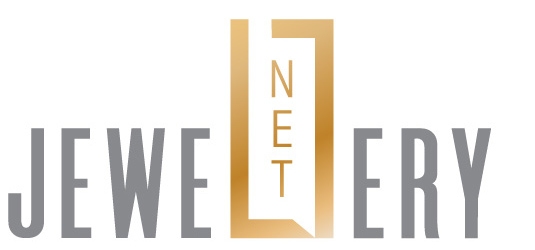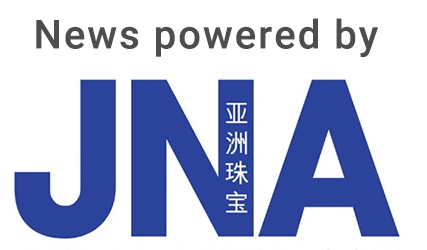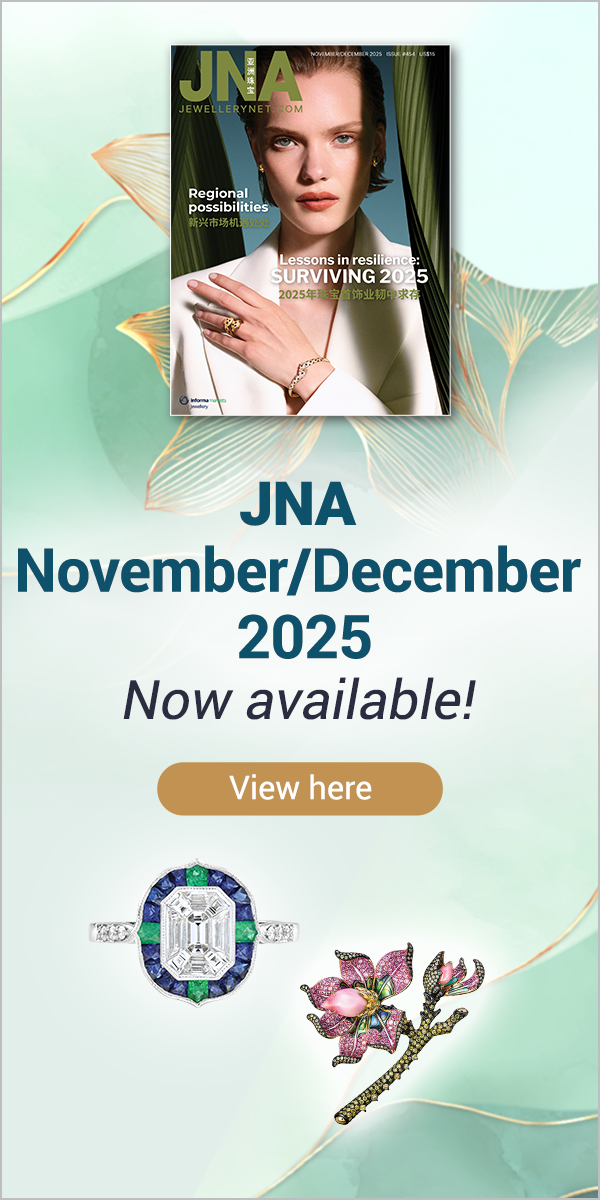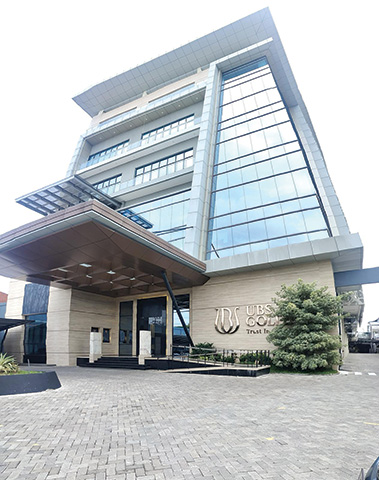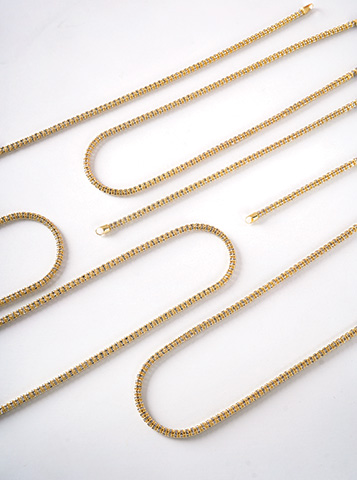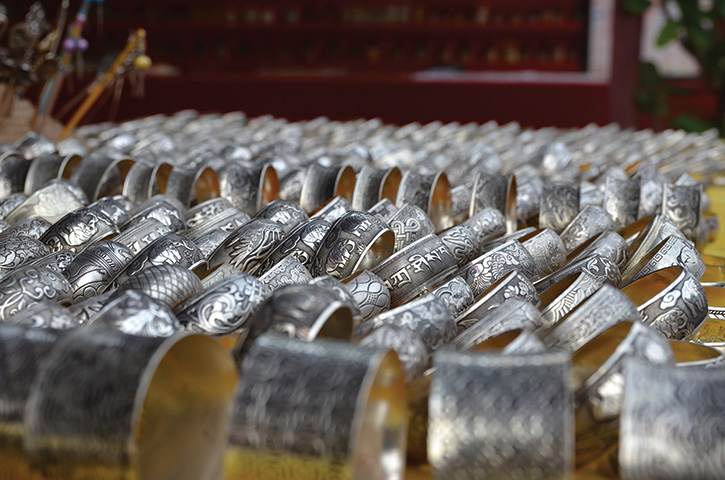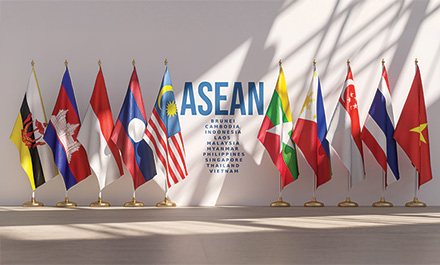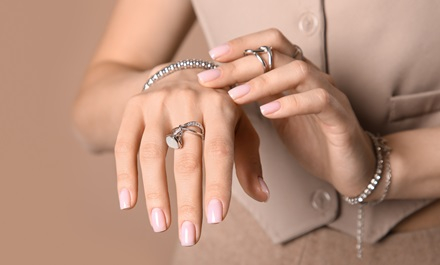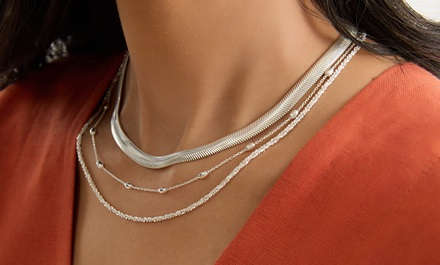Hidden gems across Southeast Asia’s jewellery landscape present compelling propositions through competitive pricing, technical prowess and burgeoning export capabilities.
This article first appeared in the JNA September/October 2025 issue.
The markets of Southeast Asia are brimming with potential as jewellery manufacturing and consumption hubs, but many have remained largely untapped. This is increasingly changing as geopolitical tensions and economic downturns prompt international suppliers – and buyers – to explore new business horizons.
The story here is one of gold and silver. The gold tradition is deeply entrenched in Southeast Asian cultures, where it is viewed as a store of wealth and the preferred metal for adornment. Gold likewise dominates manufacturing centres such as Malaysia and Indonesia. Silver, for its part, represents the bulk of jewellery exports from Laos, Cambodia and Thailand.
Philippine chain reaction
The Philippines is a jewellery supplier’s paradise. The culture of jewellery is strong here, headlined by pearls, gold, silver and diamond pieces – most of which are imported.
The country’s manufacturing capabilities cover mainly high-end custom-made creations for the local consumer base hence the main jewellery categories – particularly lower-end everyday items – remain available to international vendors, according to Mia Florencio, immediate past president of the Guild of Philippine Jewellers, which comprises retailers located in Metro Manila, the Philippine National Capital Region.
“The Philippines is a lucrative market for jewellery suppliers. Manufacturers from Türkiye, Hong Kong, China, India and other production centres often visit the country to personally showcase their latest collections and designs to local retailers and chain stores,” she revealed.
One particularly underserved area in the Philippine jewellery scene is gold chains. Florencio disclosed that all gold chains in the country are imported.
“Can you imagine that, in a country with a population of 100 million, no one manufactures gold chains? This is an enormous market – everyone in the Philippines wears at least some form of jewellery. And chains are a staple in most jewellery wardrobes. If we do not have something as basic as chains, which are also components for bracelets and necklaces, just imagine what else we require and how vast the opportunities are,” she noted.
The Philippines needs everything from a one-gram gold ring to luxurious design-led bespoke pieces, she continued. “That is the scale of the prospects that exist in the Philippines,” Florencio said, adding that imports of finished jewellery are subject to 20 per cent excise tax.
Gold haven
While the Philippines presents growth avenues for suppliers, Laos and Cambodia offer different dynamics with potential for both imports and exports. With smaller manufacturing sectors than their neighbours Thailand and Vietnam, they also import much of their populace’s jewellery needs, notably gold pieces.
Ermin Siow, advisor of the Federation of Goldsmiths & Jewellers Associations of Malaysia (FGJAM), identified these two countries along with China as alternative destinations for Malaysia’s gold jewellery products, especially since exports to their traditional markets of the Middle East and Singapore have been declining due to various factors.
“Aside from Southeast Asia’s established jewellery hubs of Indonesia, Vietnam, Thailand and Singapore, I believe Laos and Cambodia are up-and-coming destinations. This is particularly true for companies that specialise in plain gold jewellery,” said Siow, who is also vice president of the ASEAN (Association of Southeast Asian Nations) Gems and Jewellery Trade Association or AGJA.
Fawatthana Phoummasack, president of the Gold Jewelry and Gem Association Laos, agreed. Lao consumers gravitate towards 24-karat plain gold jewellery for investment purposes and special occasions, he noted.
“Gold jewellery serves as a tangible asset that consumers can sell should they need funds. They understand and clearly see the value of the item,” he explained.
While rising gold prices put a damper on sales, Lao consumers continue to purchase gold jewellery whenever they have money to spare. "Younger generations buy gold jewellery for investment purposes as well as personal adornment, while mature consumers purchase special sets for important occasions. High-net-worth individuals often buy gold bars to store their wealth,” Fawatthana said.
Cambodia’s edge
Apart from offering much promise as export destinations, Laos and Cambodia are seeking to boost their international jewellery shipments as well. Both countries manufacture silver jewellery for export but have distinct design styles and clienteles.
In 2024, Cambodia’s gem and jewellery exports reached US$88 million, according to Phy Sarak, senior advisor of the Cambodian Gems and Jewelry Traders Association. Consisting of 1,025 Cambodian companies and 1,100 Vietnamese enterprises, the association organises the Cambodia International Gem & Jewellery Fair and provides tax incentives for its members.
Cambodia’s production focuses on diamond jewellery, lab-grown diamond (LGD) jewellery as well as gold-plated and sterling silver pieces. Production facilities consist largely of workshops rather than full-fledged factories, with 70 per cent of output heading overseas. Sarak said Europe is the primary destination of Cambodian-made jewellery, followed by the Middle East and the US.
“Our clients are mostly European jewellery brands that look for silver jewellery and, increasingly, LGD jewellery. They order from Cambodian companies then place their label on these collections and sell them at a premium, given the high quality of the craftsmanship,” he remarked.
Cambodian workshops import coloured gemstones from Thailand or obtain these from local sources. Meanwhile, LGDs are brought in from Hong Kong, Thailand or India, Sarak shared.
Finest Made Jewelry Co Ltd, for instance, manufactures coloured gemstone jewellery in silver for its clients from Europe and the US. Company general manager Kimberley Chan said the 20-year-old company established by her mother, a trained goldsmith, specialises in jewellery sets with unique plating and colour combinations. The pieces also feature different cuts of stones, from cabochons to fancy shapes.
The company has 60 workers, including 10 master craftsmen and five designers. It imports coloured gemstones or uses local stones such as blue zircon. Minimum order requirement is 25 pieces per design.
“Our price points are determined by the design – some take longer to make and are thus more expensive. We mainly offer our own designs and allow customers to select the stones they want to include,” Chan said.
While US tariffs on Cambodian goods – now at 19 per cent, down from the initial 49 per cent announced in April – are poised to reduce export figures this year, European orders have been on the rise. As of April 2025, these had already reached 60 per cent of their total in 2024, Sarak said.
Cambodia’s lower labour costs and fine quality work in its favour when attracting international clients. Its craftsmen have mastered the production of Western designs, making their work highly sought after among jewellery brands.
The country’s craftsmen are capable of handling both OEM and ODM projects. “We have the capacity to handle big orders while meeting international standards of quality and design but at far more affordable prices,” Sarak shared. “Some workshops even hire skilled workers from India, Bangladesh and Sri Lanka to help with gemstone cutting, diamond manufacturing or LGD setting.”'
Lao possibilities
Laos, for its part, fulfils client orders from Thailand, the US and Singapore for silver jewellery pieces.
The Gold Jewelry and Gem Association Laos has some 300 member companies, mostly small-and-medium enterprises (SMEs) and micro jewellery stores with two to three craftsmen to handle local orders for traditional designs.
Exports are manufactured by five to six bigger enterprises, including Phoummasack’s Thawin Production, that are equipped with state-of-the-art machinery to create modern silver jewellery for international markets. These vary from plain silver pieces to gem-set designs.
“Minimum order quantities depend largely on the intricacies of the designs. For regular styles, we can produce 1,000 to 5,000 pieces per month. But for more elaborate designs, we can likely handle just 100 pieces monthly,” he shared. “It is a good start. We can understand the customer’s requirements and may expand our capacity if there is a chance for long-term business partnership.”
According to Phoummasack, Lao prices can be 10 per cent to 20 per cent lower than those commanded by Thailand-based companies. He estimated that Lao silver jewellery exports reach 200 to 300 kilograms of silver a year. Subcontracted projects from Thailand-based manufacturers are also fast becoming a growing source of business, he added.
Indonesian giant
Over in Indonesia, gold reigns supreme. Not only is the domestic market a substantial consumer of gold – taking up a big portion of local production – the country is also home to leading gold jewellery exporters.
PT Untung Bersama Sejahtera, better known as UBS, is among the biggest and most progressive gold chain producers in the region. Established in 1981 by founder Untung Yahya with a team of five people, it is now a massive jewellery powerhouse with a global presence and interests. The company employs over 3,000 workers in its state-of-the-art manufacturing facility and produced 20 tonnes of gold jewellery in 2024.
Starting with casting before developing an expertise in gold chains, Yahya grew his business into a one-stop shop for the trade’s sourcing needs in jewellery capital Surabaya. A firm believer in quality and innovation, he visited Italy annually from 1985 to learn the latest technological advances in jewellery manufacturing.
In 2010, UBS acquired three Italian companies, applied their technology to its Indonesian operations and enhanced its production of gold chains. Italian solid machine-made chain specialist Tecnigold Group also joined the UBS family in 2016, expanding its portfolio even further.
UBS’ singular focus on innovation pays off time and again. In this age of skyrocketing gold prices, the company has mastered the production of Italian-quality designs at reduced weights. Pride of place belongs to its hollow chains that are half the weight of their counterparts.
Yahya said, “This was an extremely challenging project, but the line was very well received in the market. Due to our technical strengths and R&D, we managed to develop our special lightweight hollow chains within just two years – this is something that would usually take others some five years to accomplish.”
Its access to Indonesia’s large labour force and cutting-edge Italian technology through its acquisitions enable UBS to continually innovate and meet varied market preferences, the company official added.
UBS went into exports in 1995 and now has clients worldwide. “Each country has its own requirements,” Yahya said. “The US market prefers 10-karat and 14-karat gold, while the UK orders items in 9-karat gold. Meanwhile, customers in Dubai favour chains in 18-karat, 21-karat and 22-karat gold.”
UBS' founder maintains a positive outlook on business prospects, noting demand for gold jewellery remains robust despite high gold prices.
The company has also entered the local retail scene with its UBSLifestyle stores, offering a wide selection of gold jewellery. Yahya said, “Having our own distribution channel helps immensely. We opened our first shop two years ago and now have 15 doors. The plan is to continually expand our retail network.”
Diverse strategies
PT Hartono Wira Tanik, for its part, services the US and Middle East markets. Based in Surabaya, the company started with the production of gold chains and has since expanded into offering the full range of Italian-style gold jewellery, from solid and hollow chains to bangles, earrings, rings and pendants.
According to its export marketer Yunita Hendryanto Nugraha, most of its clients prefer plain gold jewellery with different variations in purities, though the company has fulfilled orders for gold pieces with cubic zirconia. Customers from the Middle East seek 18-karat, 21-karat and 22-karat gold jewellery, while US clients prefer items in 10-karat or 14-karat gold. Australian buyers who serve the Middle East opt for 18-karat and 21-karat gold, while those catering to their local market purchase pieces in 9-karat gold.
“Our production capacity can reach a few hundred kilos, depending on the season, since we also supply local wholesalers,” Nugraha said. “While we have our own product range, we can adjust these to meet client specifications.”
